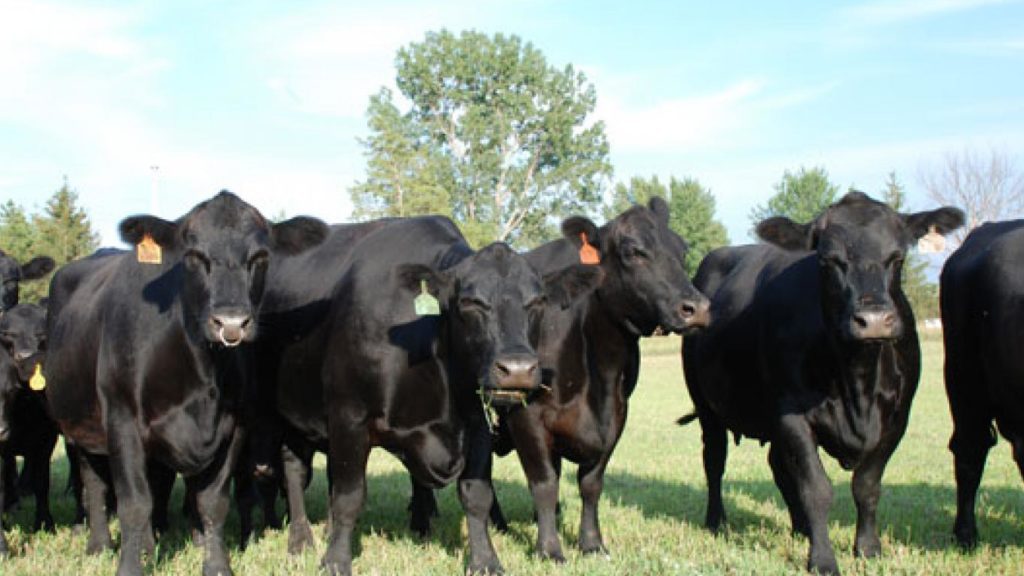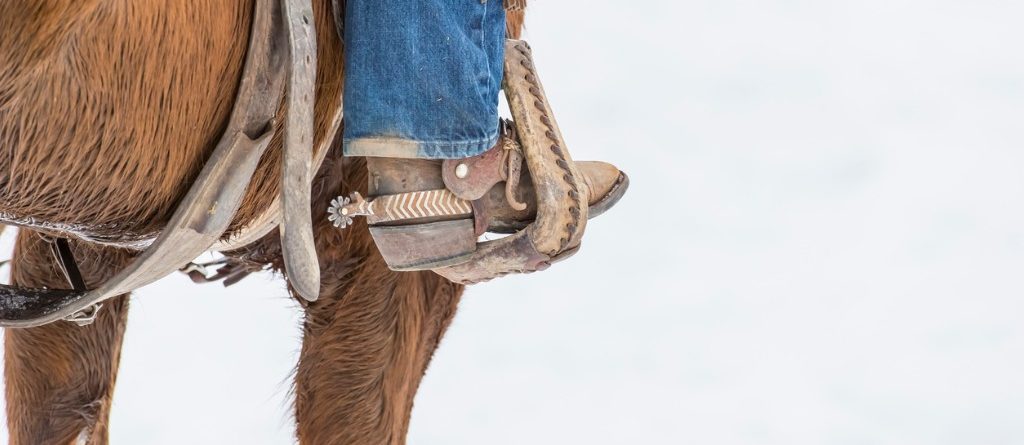How you develop your heifers makes all the difference in what kind of cows they become.
In recent months, I have read a number of articles about heifer development. In all the reading I have found many ideas with which I agree and a fair number with which I disagree . It makes me wonder how many of those writers have developed heifers in a “real life” situation where good accounting was done.
I would like to make a few bullet points from which we should be able to think through the issues that drive good decision making in the development and selection of replacement heifers:
- We should not strive for maximum conception rate in yearling heifers. Open heifers should be a profitable part of an operation. If they are not, it is highly probable that all your costs are too high to have a profitable ranch.
Cow depreciation will surely be too high. Annual depreciation is the cost of a bred heifer when all lifetime costs are counted minus the sale value of the same animal divided by years of life in the cowherd. You influence that number by keeping cow costs and heifer development costs low (remember one year of cow cost belongs to the calf), improving the value of sale cows and having good longevity in the cows.
Most people think cows last longer than they do. Yes, the truly good ones live a long time. However, if you think your average cows last longer than five or six years in the cow herd, you either have very fertile cows or you are not culling all the opens and dries. I have kept inventory records long enough and done enough arithmetic on cow retention and culling to know.
- Heifers do not need to reach 65% of expected mature cow weight to have acceptable conception rates. Fifty-five percent is very acceptable and is easily achieved on winter pasture with minimal supplementation or with low-cost feedstuffs.
- I like to work toward a very short breeding season for the heifers. The opens will make good feeders and those that get pregnant have passed the first test in becoming a good cow.
Step number two is to rebreed as a two-year-old heifer with a calf at side. If you have a very short breeding season for the heifers, you will probably have a longer season for the cows, so the first-calf heifer will have more time in which to rebreed.
- I also like to expose most of the heifer calves that are born. That enables us to get enough heifers bred in a very short season. The argument that I almost always hear is that you like to “select” the good heifers first and then use the short breeding season. To that I will counter that you can’t select the good ones. I was involved in quite a bit of work showing that we couldn’t.
Nature and the bull do a far better job. The good ones get pregnant. I will also add that if you do very much selection, you will not be able to get the desired number pregnant in a short season.
- If you like to review and follow research that relates to above three bullets, check out Rick Funston and others at University of Nebraska and Andy Roberts at the USDA Livestock and Range Research Laboratory in Miles City, Mont.
- Some will argue that the heritability of fertility is low. I know the estimates are low, but I contend that those estimates were derived from animals that were usually on a very good plane of nutrition. I think, when you remove the crutches by expecting both cows and heifers to get by on what nature provides with minimal supplementation, the heritability increases.
I actually think it is quite high when we aren’t feeding animals for the express purpose of getting them pregnant. In most herds, high pregnancy rates are expensive. Good, naturally fertile cows will get pregnant without all the help—and at a lot lower cost.
If you take away the “crutches” quickly, you will have a high fall-out rate at first. If you reduce fed feed more slowly, the fall-out rate can be spread out and perhaps reduced a little over time. You should ask the question, “If some can do it, why can’t they all?” The good ones can. Let nature help you find the good ones.
- Only a few calves born as a result of second cycle conception will sell for as much money as those born as a result of first cycle conception. Other genetic considerations for the cows in a herd are of far less economic consequence than early calving. Select for early calving and early breeding in your desired calving season.
With bulls there are two major considerations: 1) Make very sure they don’t undo what you are trying to do with your cow and heifer culling. 2) Try to slowly correct genetic deficiencies in your cow herd—marbling, growth rate, health and hardiness, disposition, longevity, etc. I suggest making corrections slowly to make sure you don’t go too far and undo good herd fertility.
- This leads me to say that, economically, you would far rather “cull” or sell a yearling heifer than a two-year-old. If there is a year in the life of a heifer or cow that you might spend a little extra money to ensure a little better conception, it would be from the time a yearling is diagnosed pregnant until she is again diagnosed pregnant as a two-year-old. A little extra help at the right time in that year can help a few more of them get pregnant that will thereafter get pregnant right along with the mature cows.
- All this is much more easily accomplished with good grazing management and by calving in sync with nature. Breeding in early to mid-spring to calve in early to mid-winter doesn’t really work very well for low-cost heifer development.
- I know some people who develop their heifers somewhat like I have described that weigh their cows each year at preg-check time. It is surprising to me how light these cows are as 2’s and 3’s. They seem to reach their mature weight at 4 or 5 years. I’m guessing that mature weight is less than it would have been if the cow had been pampered most of its life.
- If you are keeping and developing your own replacement heifers, “time value of money” tells you to keep those that are economically best right now—the ones that get pregnant and calve early and are naturally healthy. Use good bull selection to slowly improve other deficiencies.








